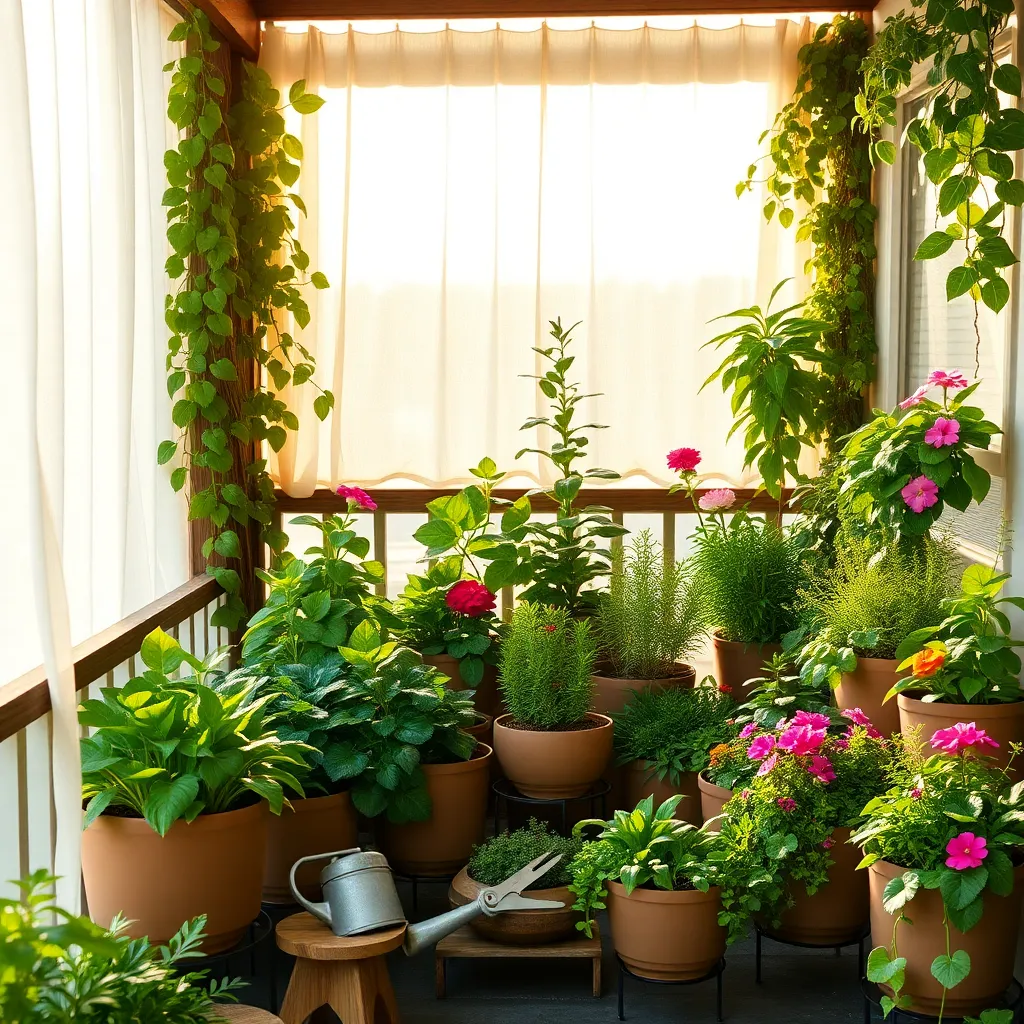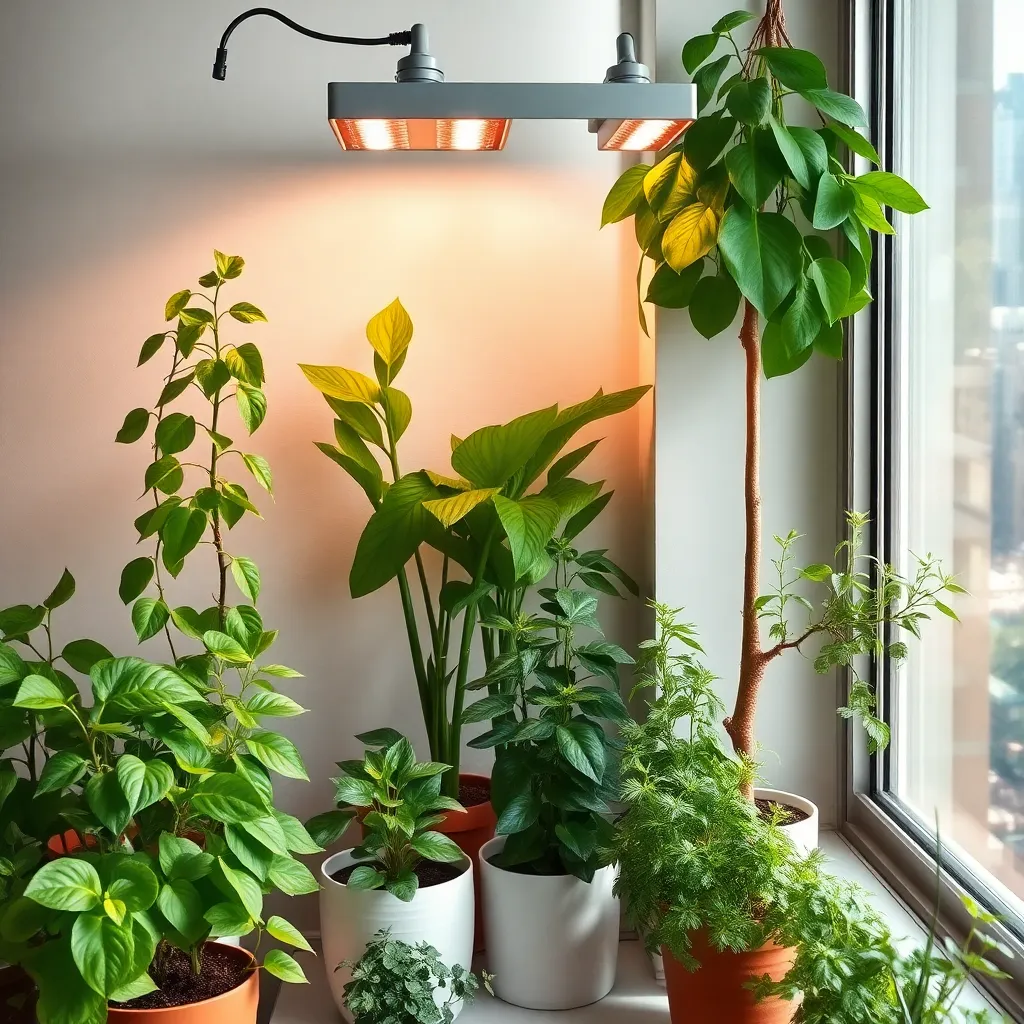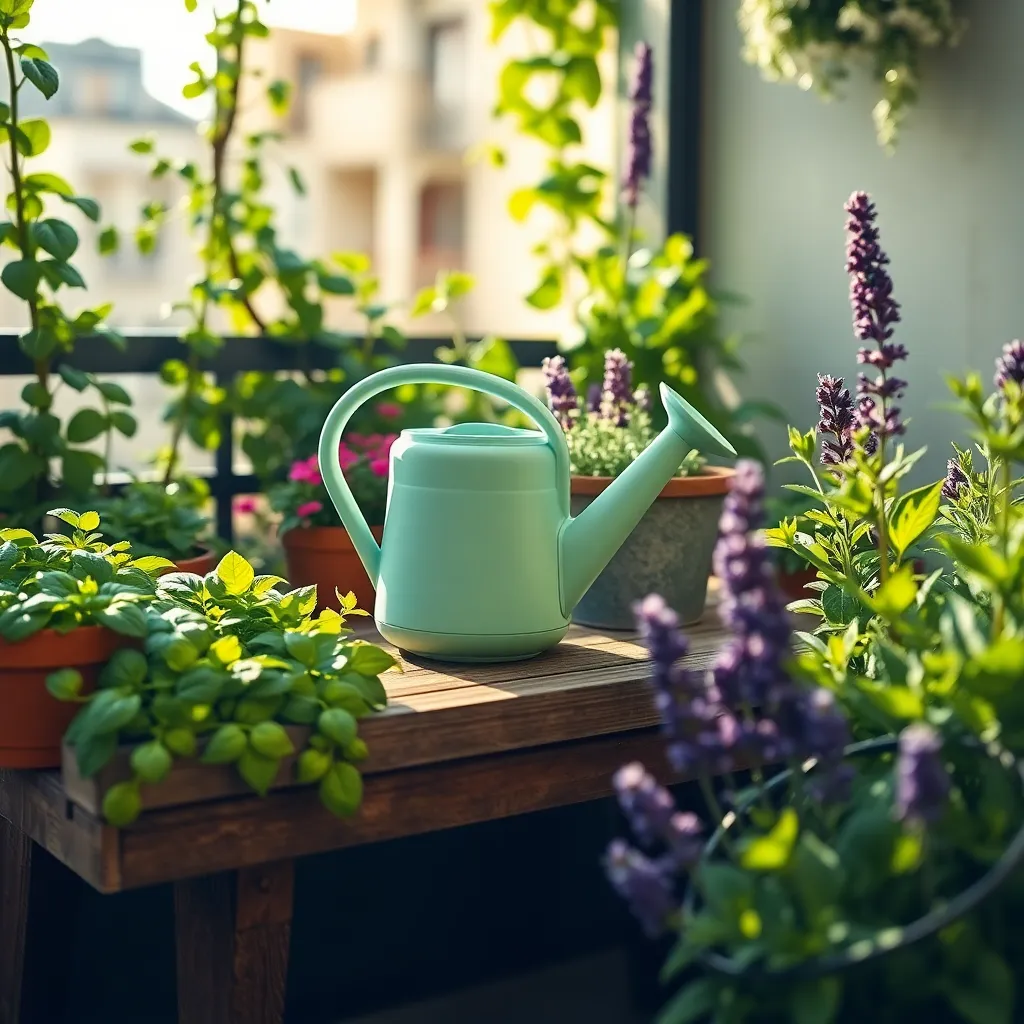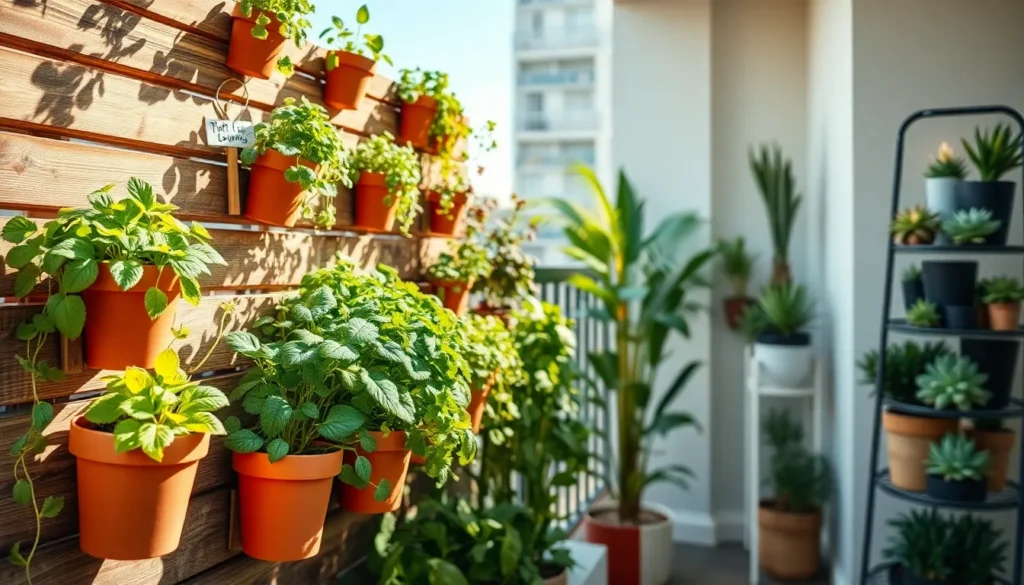Imagine stepping into your apartment, greeted by a lush oasis of greenery that defies the constraints of urban living. Whether you’re a beginner with a budding interest or an experienced gardener seeking new challenges, our guide, “Best Small Space Garden Ideas for Apartments,” is designed to transform your limited space into a verdant sanctuary. This collection of innovative garden designs is valuable because it empowers you to nurture nature’s beauty in the smallest of spaces, turning every inch into an opportunity for growth.
In today’s fast-paced world, having a slice of nature at your fingertips is more than just a luxury—it’s a source of joy and tranquility. Our selection of practical techniques and plant choices will not only enhance your surroundings but also provide tangible benefits like cleaner air and a sense of accomplishment. Embrace the journey of cultivating life in your apartment, and rest assured, you’ll find these ideas both achievable and rewarding. With our expert guidance, you’ll feel confident in your ability to create and maintain a thriving garden, no matter the size of your space.
Vertical Herb Gardens (Space-Saving Wall Planters)

Transforming a wall into a lush herb garden is an ideal way to maximize limited space in apartments. Vertical herb gardens not only save space but also add a touch of greenery and fresh flavors to your home.
To get started, choose a sunny spot on your wall that receives at least six hours of sunlight daily. Herbs such as basil, thyme, and oregano thrive in bright conditions and can be easily grown in wall planters.
When setting up your vertical garden, use lightweight, well-draining soil to prevent waterlogging. Soil mixes with perlite or vermiculite are excellent choices as they provide good aeration and drainage.
Consistent watering is crucial, as wall planters tend to dry out more quickly than traditional pots. Water your herbs when the top inch of soil feels dry, ensuring you don’t overwater and rot the roots.
For a flourishing vertical herb garden, consider adding a slow-release fertilizer every few months. Organic options are preferable as they enrich the soil without the risk of chemical build-up.
Advanced gardeners can experiment with companion planting in their vertical gardens. Combining herbs like rosemary and sage can help deter pests naturally, promoting healthier plant growth.
Self-Watering Planters (Low-Maintenance Solutions)

Self-watering planters are a fantastic solution for apartment dwellers seeking low-maintenance gardening options. These planters use a reservoir system to ensure plants receive a consistent supply of water, making them ideal for busy individuals who might forget regular watering.
By reducing the frequency of watering, self-watering planters help prevent overwatering, a common issue for beginners. To set up, simply fill the reservoir and let the planter’s wicking system draw up water as needed, which keeps the soil consistently moist.
For optimal results, choose a lightweight potting mix that facilitates good drainage and aeration. A mix containing peat moss, vermiculite, and perlite works well, allowing roots to breathe while efficiently delivering moisture.
Advanced gardeners can experiment with adding slow-release fertilizers to the soil, ensuring plants receive nutrients over time. This practice is particularly beneficial for herbs and vegetables, which thrive when provided with a steady nutrient supply alongside consistent watering.
Microgreens Kits (Quick Harvest in Small Spaces)

Microgreens kits are an excellent choice for apartment dwellers seeking a quick harvest with minimal space requirements. These kits typically include everything you need to get started, such as seeds, a growing medium, and a container, making them ideal for beginners.
To grow microgreens, place your kit in a spot with plenty of natural light, like a windowsill, or use a small grow light if necessary. Watering is critical; keep the soil consistently moist but not waterlogged to ensure healthy growth.
Microgreens thrive in a variety of growing mediums, with coco coir and potting soil being popular options. For the best results, use a container with drainage holes to prevent root rot and maintain optimal soil conditions.
Within just one to two weeks, you’ll have a fresh batch of greens ready to harvest, providing a nutritious addition to your meals. Advanced gardeners can experiment with different seed varieties, such as radish, broccoli, or sunflower, to find what grows best in their specific environment.
Compact Grow Lights (Indoor Plant Growth Boosters)

Compact grow lights can transform any corner of your apartment into a thriving indoor garden. These lights mimic natural sunlight, providing the essential spectrum needed for plants to photosynthesize and flourish indoors.
When choosing a grow light, consider LED options for their energy efficiency and longevity. LED grow lights produce less heat, which allows you to place them closer to your plants without the risk of burning delicate leaves.
Set up your grow lights to mimic natural daylight patterns, typically 12 to 16 hours of light per day. Use a timer to automate this process, ensuring your plants receive consistent light without the need for constant manual adjustments.
For beginners, a simple setup with a small grow light panel or bulb can cover a few potted plants or a tray of seedlings. Advanced gardeners might opt for adjustable light stands or full-spectrum systems to cater to a broader collection of plants.
To maximize growth, position plants about 6 to 12 inches below the grow light, adjusting based on the light’s intensity and your plants’ specific needs. Regularly check for signs of light stress, such as leaf curling or discoloration, and adjust the distance if necessary.
- Tip for beginners: Start with easy-to-grow plants like herbs or succulents and gradually move to more demanding species.
- Advanced Tip: Consider using a combination of red and blue spectrum lights to promote both vegetative growth and flowering.
Collapsible Watering Can (Convenient Storage Design)

For apartment dwellers, a collapsible watering can is a game-changer in maintaining a healthy garden without compromising on space. When not in use, it easily folds down to occupy minimal storage space, making it ideal for small living areas.
Efficiently watering your plants is crucial, and a collapsible watering can allows you to do so with ease. Its flexible design ensures that even those with limited mobility can handle it comfortably, reaching plants on high shelves or in tight corners.
Choose a watering can with a gentle rose spout to provide a soft sprinkle, which mimics natural rain and prevents soil displacement. This is especially beneficial for delicate seedlings or plants with shallow roots, as it promotes healthy growth without damaging fragile structures.
For advanced gardeners, consider using the collapsible can to mix liquid fertilizers or pest control solutions, ensuring even distribution. Always follow the recommended dilution ratios to avoid nutrient burn or plant stress, enhancing the health and vigor of your apartment garden.
Conclusion: Growing Success with These Plants
In wrapping up our exploration of the ‘Best Small Space Garden Ideas for Apartments,’ we delved into five key relationship concepts: nurturing growth together, the importance of shared projects, cultivating patience, creating a peaceful environment, and fostering a sense of responsibility. These principles not only enhance your living space but also strengthen the bonds you share with your partner.
As an immediate next step, why not choose one of these garden ideas to kickstart your green journey together? Whether it’s a simple herb garden or a vertical wall of succulents, taking that first step can be a rewarding experience that brings you closer.
Remember, relationship success often blooms from shared experiences and mutual support. Therefore, take a moment now to save or bookmark this article. Having these insights at your fingertips can serve as a gentle reminder of the nurturing process that builds strong, lasting partnerships.
Looking ahead, know that every seed you plant and nurture in your relationship garden is a step toward a flourishing future together. Embrace the journey, and watch your relationship grow with the same care and attention you give to your garden.







